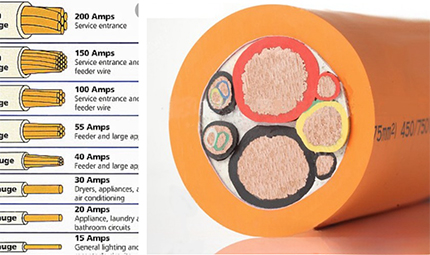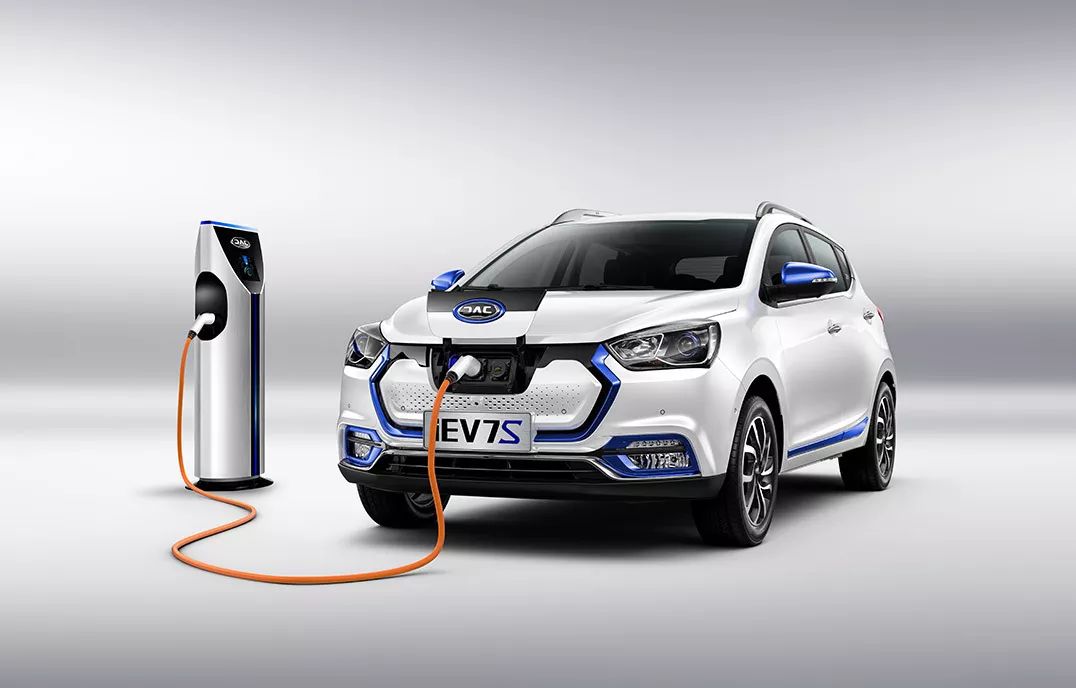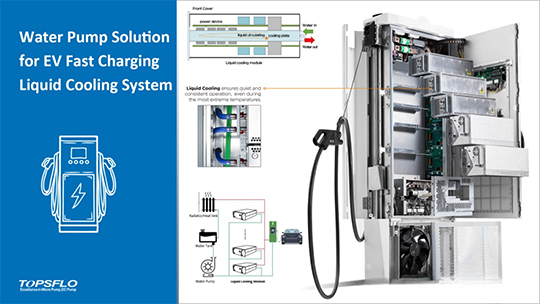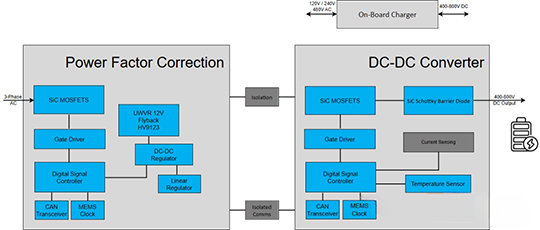800V Charging “Charging Fundamentals”
This article mainly talks about some preliminary requirements of the 800V charging pile, first look at the principle of charging: when the charging gun head is connected to the vehicle end, the charging pile will provide ① low-voltage auxiliary DC power supply to the vehicle end, to activate the built-in BMS (Battery Management System) of the electric vehicle, after activation, ② the vehicle end will be connected to the pile end to exchange the basic charging parameters, such as the maximum charging demand power of the vehicle end and the maximum output power of the pile end, and the two sides will match correctly.
After matching correctly, the BMS (Battery Management System) at the vehicle end will send power demand information to the charging pile, and the charging pile will adjust its output voltage and current according to this information, and formally start charging the vehicle, which is the basic principle of the charging connection, and it’s necessary for us to familiarize ourselves with it first.
800V charging: “Boost voltage or current”
Theoretically, we want to provide charging power to shorten the charging time, there are usually 2 ways: either you boost the battery or boost the voltage; according to W=Pt, if the charging power is doubled, then the charging time will naturally be halved; according to P=UI, if the voltage or current is doubled, the charging power can be doubled, and this has been mentioned repeatedly, which is also considered common sense.
If the current is higher, there will be 2 problems, the higher the current is, the bigger and bulkier the current-carrying cable is required, which will increase the diameter and weight of the wire, which will increase the cost, and at the same time, it is not convenient for the personnel to operate; in addition, according to Q=I²Rt, if the current is higher, the greater the power loss, and the loss is reflected in the form of heat, which also adds pressure on the thermal management, so there is no doubt that the increase of charging power is not desirable to realize the increase of charging power by increasing the current continuously.charging power increase is not desirable, neither for charging nor for in-vehicle drive systems.
Compared with high-current fast charging, high-voltage fast charging produces less heat and lower loss, at present, almost all mainstream automobile enterprises have adopted the route of increasing voltage, in the case of high-voltage fast charging, theoretically, charging time can be shortened by 50%, and the voltage enhancement can be easily pulled up the charging power from 120KW to 480KW.
800V charging: “Voltage and current correspond to the thermal effect”.
But whether you raise the voltage or current, first of all, as your charging power increases, your heat will appear, but raising the voltage and the current of the heat manifestation is not the same, a faster some of the impact on the battery is also a little more, a relatively slow but heat hidden more obvious upper limit is also more obvious. But the former is preferable in comparison.
As the current in the conductor through the lower resistance, increases the voltage method reduces the required cable size, emits less heat, and enhances the current at the same time, the current-carrying cross-sectional area of the increase leads to a larger outer diameter cable weight, while with the charging time of the longer heat will slowly enhance, more covert, this way of the battery is a greater risk.
800V charging: “Charging pile some direct challenges”
800V fast charging also has some different requirements at the pile end:
If you look at the physical level, as the voltage increases, the design of the relevant device size is bound to increase, such as by IEC60664 pollution level 2 insulation material group 1 high voltage device distance is required from 2mm to 4mm, the same insulation resistance requirements will increase, almost creepage distance and insulation requirements are required to increase by a factor of two, which requires a higher voltage in the design of the previous.
This requires the design of the previous voltage system to redesign the size of the relevant devices, including connectors, copper rows, joints, etc., in addition to the voltage increase will also lead to higher requirements for arc extinguishing, the need for some devices such as fuses, switch boxes, connectors, etc., to improve the requirements, these requirements are also applicable to the design of the car.
The high-voltage 800V charging system, as mentioned above, needs to increase the external active liquid cooling system, the traditional air-cooled both active and passive cooling can not meet the requirements for the charging pile gun line to the vehicle end of the thermal management is also more demanding than ever, and this part of the system temperature how to reduce and control from the device level and system level is the next period to improve and solve the problem of the point of view;
in addition, this part of the heat is not only the heat from overcharging, but also the heat from overcharging, which is not the only part of the system, but also the heat from overcharging. It is not only the heat brought by overcharging, but also the heat brought by high-frequency power devices, so how to do real-time monitoring and stable, effective, and safe to take away the heat is very important, which not only has material breakthroughs but also the detection of the system, such as charging temperature real-time and effective monitoring.
Currently on the market DC charging pile output voltage is 400V, and can not directly to 800V power battery charging, so needs an additional boost DCDC products will 400V voltage to 800V, and then charge the battery, which requires higher power high-frequency conversion, the use of silicon carbide to replace the traditional IGBT module is the mainstream choice of the way, although the silicon carbide module can increase the output power of the charging pile, but also to increase the output power of the charging pile. Although silicon carbide modules can increase the output power of the charging pile and reduce losses, the cost also rises a lot, and the EMC requirements are higher.
Summarize. The voltage increase will be in the system level and device level need to be improved, the system level including the thermal management system, charging protection system, etc., and the device level including some magnetic devices and power devices to improve.
Post time: Jan-30-2024





